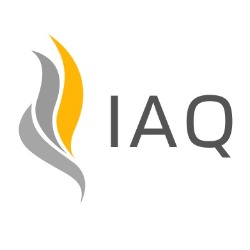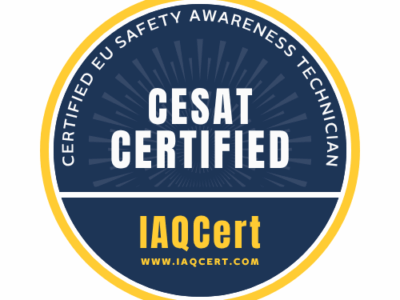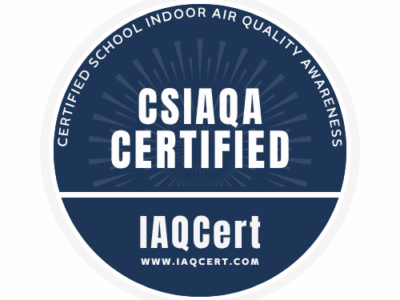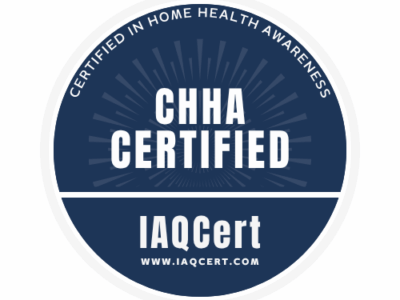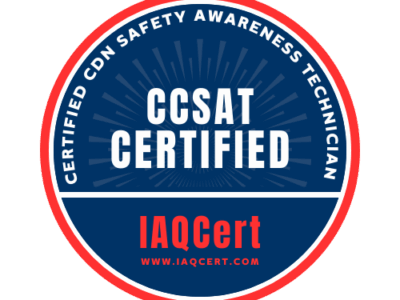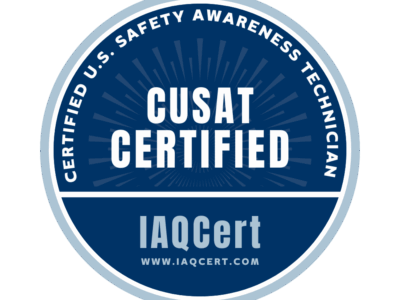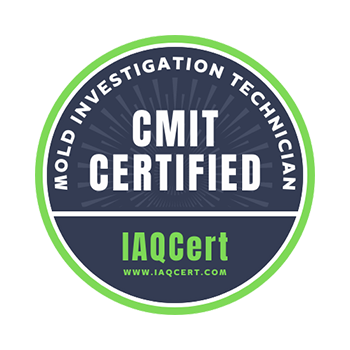Certified Mold Inspection Technician (CMIT)
This course provides comprehensive training on mold inspection procedures and standards, including ground, exterior, structure, plumbing, interior, HVAC inspection, and mold reporting. You will gain the knowledge needed to become a certified mold inspection technician and learn how to perform mold inspections in different settings. Upon completion of the course and passing the certification exam, you will receive a certification as a Certified Mold Inspection Technician (CMIT), which is recognized in the industry. To enhance your learning experience, practical work scenarios will also be provided.
Overview
Certification
As a CMIT-certified technician, you’ll provide professional mold inspection and assessment services that help ensure safe and healthy indoor environments.
This Assessment-Based Certificate (ABC) program verifies your expertise in identifying moisture sources, evaluating contamination, and applying proper inspection protocols in line with industry best practices. After passing the exam, you can proudly display your digital IAQCert badge on your website, flyers, or social media to highlight your verified professionalism and commitment to accurate, responsible mold inspection.
Learning Approach
1. LearnEase
Ideal for beginners, offering 41 engaging lectures across 14 comprehensive modules. Engage at your own pace and use the extensive material as a valuable resource bank.
2. CertFast
Perfect for experienced professionals. A focused 1-hour exam to validate your skills quickly, bypassing the extended learning modules.
Learning Outcomes
- Understand mold inspection procedures and standards.
- Conduct thorough inspections of various areas.
- Identify different types of molds and their causes.
- Interpret lab results and create accurate reports.
- Gain practical experience through assignments and live project work.
Offering both a Comprehensive Learning Path (LearnEase) and a Fast-Track Exam Path (CertFast), our CADCT course equips you with essential skills and knowledge to excel as an Mold Inspection Technician.
Enrollment & Certification Policy
Your enrollment includes full access to all course materials and the final exam for one year from your original date of enrollment. Certification is awarded immediately upon successfully passing the exam, and it remains valid until one year from your initial enrollment date. Students who enroll in a Technician Certification are eligible to receive one Safety course of their choice free of charge. To redeem this benefit, please contact IAQCert support after completing your Technician course enrollment.
Curriculum
Curriculum
- 14 Sections
- 41 Lessons
- 52 Weeks of Access
- Introduction to Mold4
- Health Hazards of Mold4
- Mold and Building Structures3
- Principles of Mold Growth3
- Inspection Tools and Techniques3
- Practical Mold Inspection3
- Interpreting Lab Results3
- Remediation Techniques3
- Regulations and Standards3
- Building Science for Mold Inspectors4
- Communication and Documentation2
- Professional Ethics2
- Business Practices for Mold Inspectors4
- CMIT Certification Exam5

